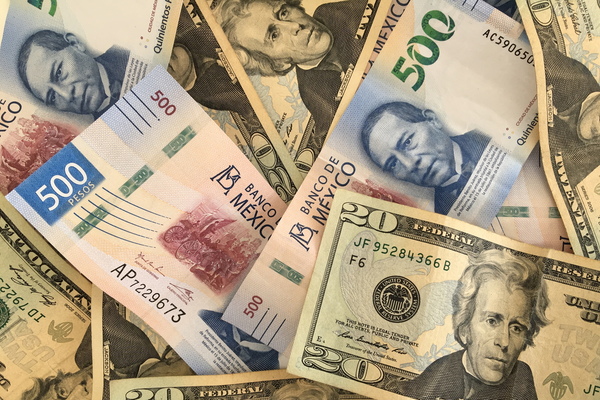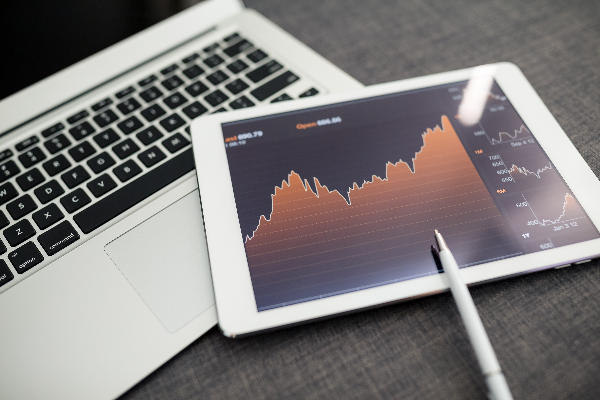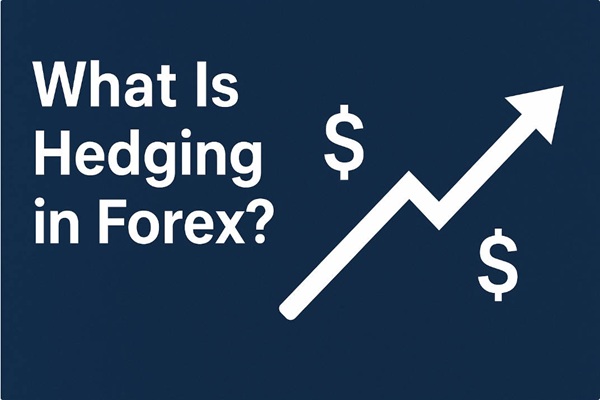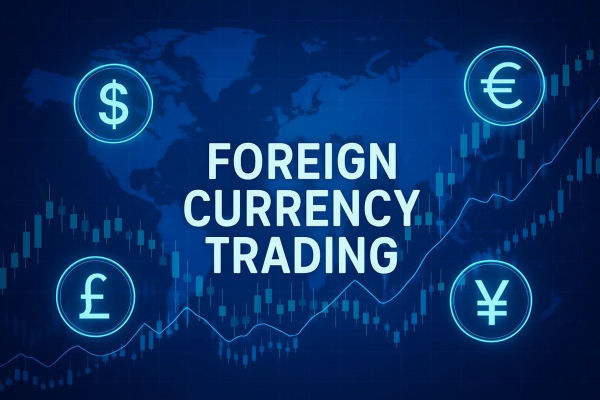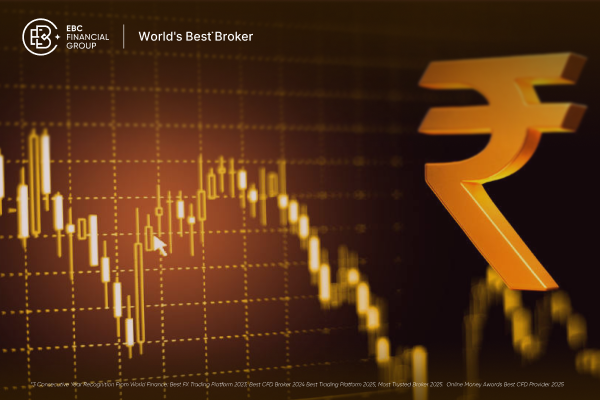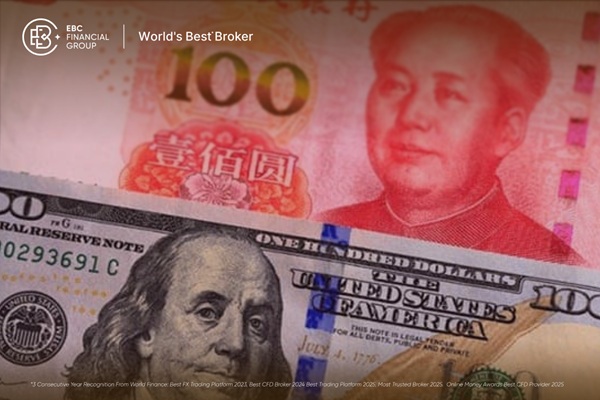The forex market is the world’s most liquid and active financial market, with a daily turnover exceeding $7 trillion. This immense scale provides opportunities for traders to profit from global currency fluctuations. Yet the same factor that makes forex attractive—its constant movement—also makes it risky. One of the most significant challenges traders face is currency exchange risks.
Currency exchange risks are not limited to investors with overseas exposure. Every forex trade, whether it involves the US dollar, euro, yen, or rupee, carries inherent exchange rate uncertainty. For retail traders, understanding how to manage these risks is not only critical for survival but also essential for long-term profitability.
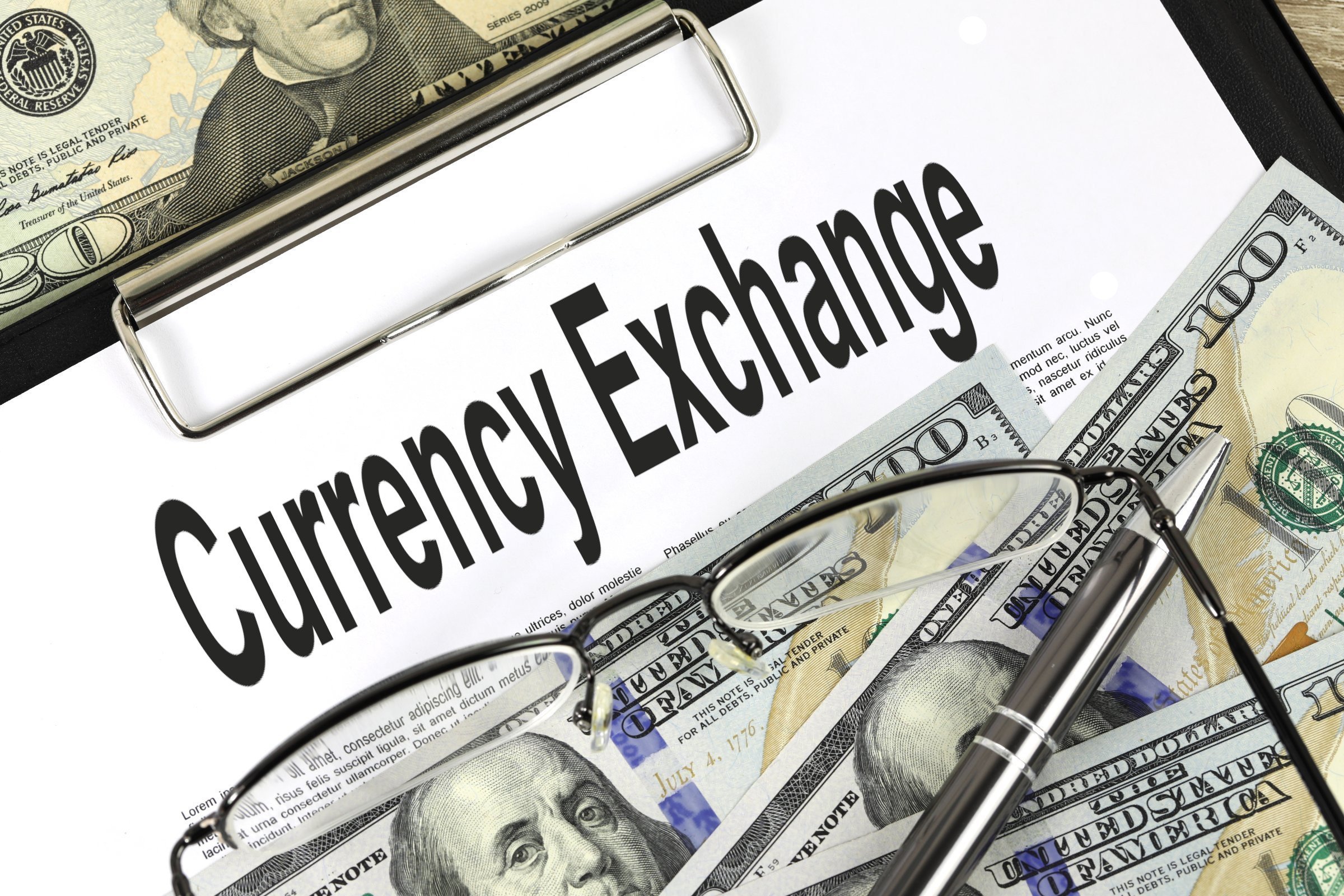
What Are Currency Exchange Risks in Forex Trading?
Question: What exactly do traders mean when they talk about “currency exchange risks”?
Answer: Currency exchange risks refer to potential losses caused by fluctuations in exchange rates between two currencies. Even small percentage changes can significantly impact profits or losses due to leverage in forex.
Evidence: Consider an Indian trader holding a EUR/USD position. If the euro depreciates against the dollar by just 1%, the leveraged position can result in far greater losses than the nominal move suggests. For global companies, the same principle applies—earnings reported in one currency may decline in real value when converted into another. For retail forex traders, these fluctuations can be immediate and impactful.
Why Do Currency Exchange Risks Matter More in Forex Than Other Markets?
Question: Why are currency exchange risks particularly significant in forex compared to equities or commodities?
Answer: Because forex trading involves pairs of currencies, every trade carries two risks simultaneously. When you buy one currency, you automatically sell another. This dual exposure creates a constant balancing act.
Evidence: In stock trading, you can buy Apple shares and your risk is tied mainly to Apple’s performance. In forex, buying GBP/USD means betting on the pound while also betting against the dollar. When macroeconomic or political shocks hit one side of the pair, traders are exposed on both ends. The 2016 Brexit referendum, for instance, caused the pound to fall nearly 10% against the dollar in a single day, showing just how abruptly exchange risks can materialise.
How Do Interest Rates and Central Bank Policies Amplify Risks?
Question: What role do interest rates and central banks play in shaping currency exchange risks?
Answer: Central banks influence exchange rates through monetary policy. Interest rate changes directly impact demand for currencies, magnifying volatility and therefore exchange risk.
Evidence: When the US Federal Reserve raised rates aggressively in 2022, the dollar surged to multi-decade highs. Traders holding short-dollar positions suffered losses not because of poor technical analysis but because they underestimated central bank impact. Similarly, when the Bank of Japan kept rates near zero, the yen weakened, creating long-term risks for those positioned against the trend.
How Do Geopolitical Events and Global Shocks Create Currency Exchange Risks?
Question: Beyond economics, how do political or global shocks affect exchange risks?
Answer: Geopolitical instability, wars, and trade disputes often lead to sharp currency swings as investors move money into safe-haven assets or exit risky currencies.
Evidence: Russia’s invasion of Ukraine in 2022 triggered a surge in demand for the US dollar and Swiss franc, while the euro weakened due to Europe’s direct exposure to the conflict. Retail traders who ignored geopolitical risks found themselves on the wrong side of sudden, large moves. In 1997, the Asian financial crisis also showed how quickly local currencies can collapse, spreading risks globally.
What Strategies Help Traders Navigate Currency Exchange Risks?
Question: How can traders manage or reduce the risks of exchange rate fluctuations?
Answer: Traders can mitigate risks by setting stop-losses, using proper leverage, diversifying currency pairs, and aligning trades with broader economic trends. Hedging techniques such as offsetting positions may also reduce risk exposure.
Evidence: Professional traders often limit risk to 1–2% of their capital per trade, ensuring that a single adverse exchange rate move cannot wipe out their account. During the 2020 pandemic, many traders who survived were those who set strict stop-losses, allowing them to re-enter markets after volatility subsided. Diversification across pairs—such as balancing exposure in EUR/USD and USD/JPY—further reduces concentrated risk.
How Does Psychology Influence Exchange Risk Management?
Question: What role does psychology play in handling currency exchange risks?
Answer: Emotional reactions to exchange rate fluctuations often magnify risks. Traders who panic-exit or over-leverage after a small loss frequently compound mistakes.
Evidence: Behavioural finance studies show that traders are more sensitive to losses than gains, a concept known as loss aversion. In forex, this leads to holding losing trades too long and closing winners too early. Journaling trades and sticking to pre-defined plans help reduce emotional decision-making. Successful traders often treat exchange risks as probabilities to be managed rather than dangers to be feared.
Final Thoughts
Currency exchange risks are an unavoidable reality of forex trading. Every trade involves uncertainty, shaped by central bank policies, economic data, geopolitical events, and market psychology. Traders cannot eliminate these risks, but they can manage them.
The most effective strategies are those rooted in discipline: setting realistic goals, applying strict risk management, diversifying positions, and reviewing trades consistently. Evidence from past crises and market cycles shows that traders who survive are those who respect exchange risks and build plans around them. For new and experienced traders alike, recognising that volatility is both a danger and an opportunity is the first step toward success in forex trading.
FAQ on Currency Exchange Risks
1. What are currency exchange risks in forex trading?
They are the potential losses caused by fluctuations in exchange rates between two currencies in a pair.
2. Can exchange risks be eliminated entirely?
No, but they can be managed through tools such as stop-losses, diversification, and careful leverage use.
3. Which events create the highest currency exchange risks?
Central bank policy changes, geopolitical shocks, economic crises, and unexpected global events such as pandemics.
Disclaimer: This material is for general information purposes only and is not intended as (and should not be considered to be) financial, investment, or other advice on which reliance should be placed. No opinion given in the material constitutes a recommendation by the author that any particular investment, security, transaction, or investment strategy is suitable for any specific person.












